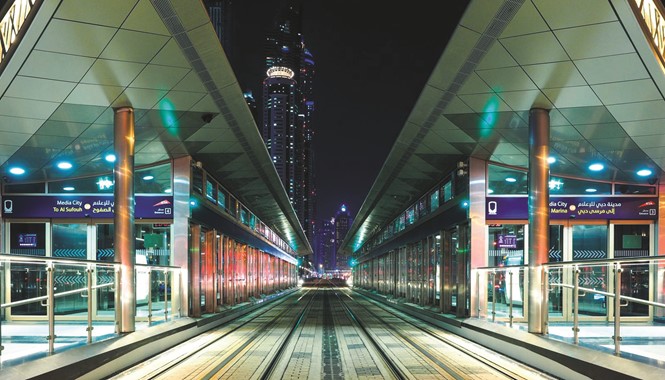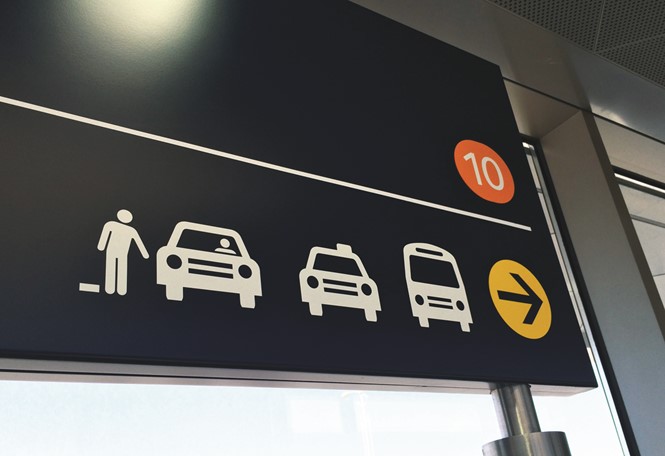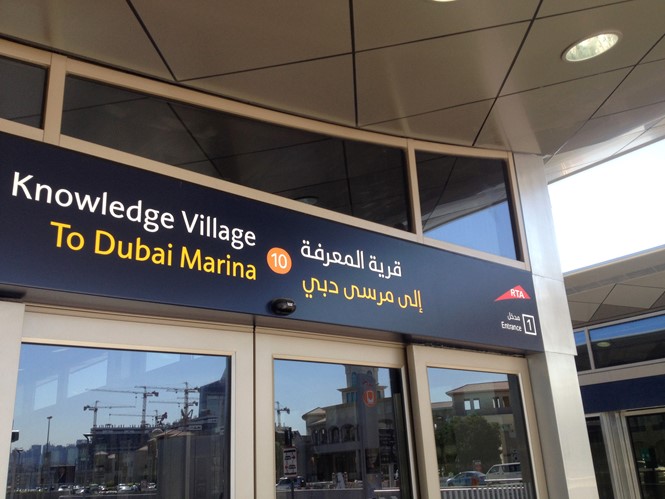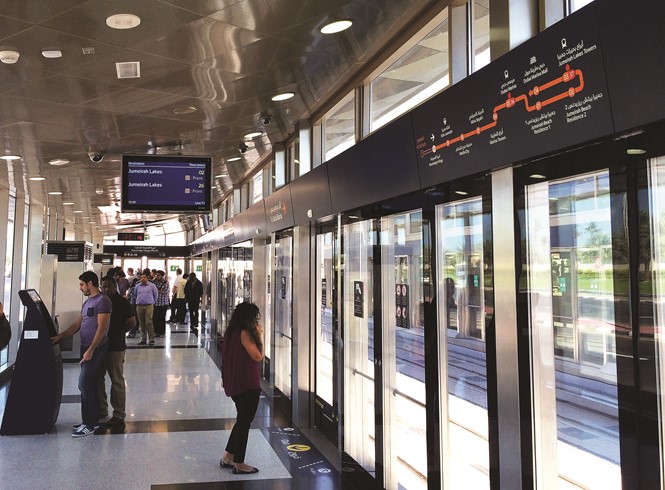Endpoint field guide to the built environment: Dubai Tram
The Dubai Tram was a massive physical infrastructure project that required a considered approach to the design of the built environment, wayfinding and signage in order to best
communicate with the tram’s users. Brittany Golob reports
In most European cities, the creation of a new mode of public transport, or the rebranding of an existing one, is a matter of getting the design and implementation right. But for the Dubai Tram, wayfinding, signage and the built environment were considerations alongside the need to communicate what the actual purpose of a tram system is in the first place.
As a city that had not had much in the way of public transport infrastructure until the Dubai Metro launched in 2009, Dubai residents – already a multicultural bunch – may not have been familiar with the role transport plays in a city and the more prosaic issues of how to use the system. Endpoint, an international wayfinding consultancy, was commissioned to design and implement the new tram's wayfinding and signange system.
"We used the wayfinding guidelines developed for the Metro as our base and adapted them to work for the new tram system. This included the creation of the line diagrams, local area maps and a new information placement strategy,” co-founder and managing director of Endpoint Gideon Wilkinson says.
It was important that the tram felt very much part of the wider metro system and linked up seamlessly with other modes of transit.
To achieve all of that and still educate people, Wilkinson says, “You have to do that through the communication, through the messaging, through the wayfinding. You have to communicate these little details of how people can actually use the system.”
Over about 18 months, Endpoint developed wayfinding for 11 tram stations and the depot, a signage system in English and Arabic, as well as audio and digital communications cues. The hard work paid off and the tram launched in 2014, joining Dubai’s metro system with its beach communities. On its launch, one million people rode the tram in its first 100 days.
“With transport you use every wayfinding tool in the book: dynamic real-time and audible information, static, visual information, landscape and architecture. In transport projects, wayfinding and signage should be considered from day one of the design process, whereas in most environmental projects it can come a bit later” – Gideon Wilkinson, co-founder, Endpoint
















